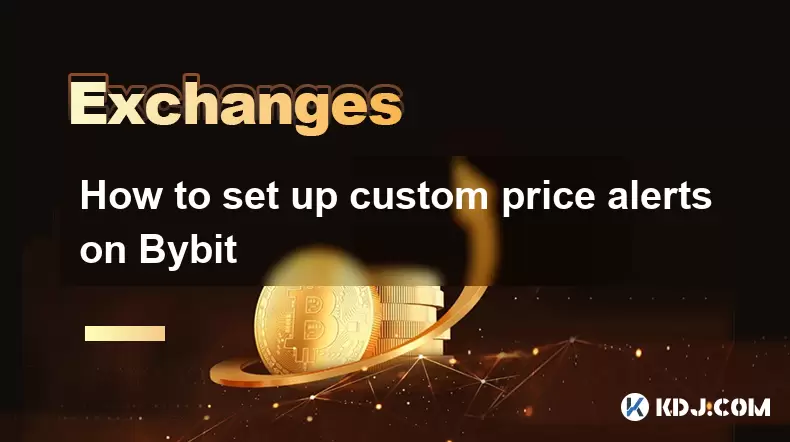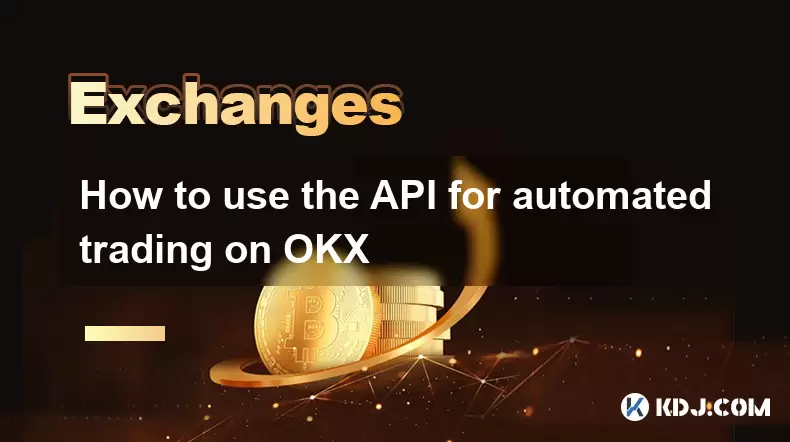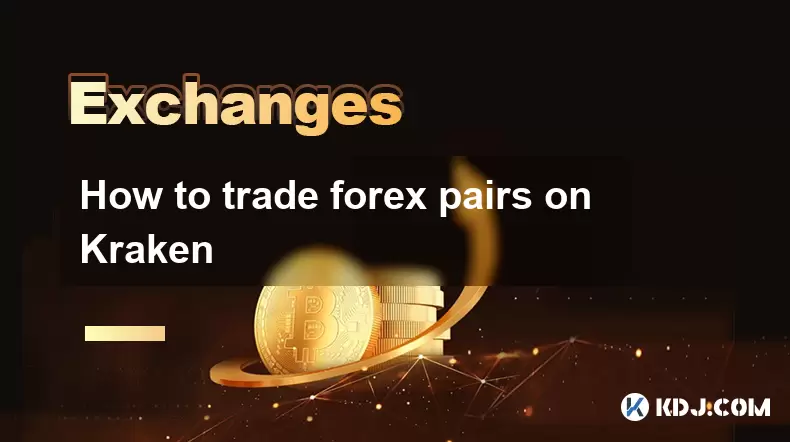-
 Bitcoin
Bitcoin $115700
0.65% -
 Ethereum
Ethereum $3785
3.93% -
 XRP
XRP $3.033
1.78% -
 Tether USDt
Tether USDt $1.000
0.04% -
 BNB
BNB $770.7
0.50% -
 Solana
Solana $168.4
0.56% -
 USDC
USDC $1.000
0.02% -
 TRON
TRON $0.3403
1.83% -
 Dogecoin
Dogecoin $0.2113
3.84% -
 Cardano
Cardano $0.7539
2.34% -
 Hyperliquid
Hyperliquid $38.84
1.28% -
 Sui
Sui $3.700
6.88% -
 Stellar
Stellar $0.4069
2.56% -
 Chainlink
Chainlink $17.80
6.93% -
 Bitcoin Cash
Bitcoin Cash $573.5
0.73% -
 Hedera
Hedera $0.2478
1.24% -
 Ethena USDe
Ethena USDe $1.001
0.00% -
 Avalanche
Avalanche $22.42
1.58% -
 Litecoin
Litecoin $120.6
2.58% -
 UNUS SED LEO
UNUS SED LEO $8.962
-0.29% -
 Toncoin
Toncoin $3.296
2.09% -
 Shiba Inu
Shiba Inu $0.00001251
1.77% -
 Uniswap
Uniswap $9.982
3.75% -
 Polkadot
Polkadot $3.710
1.55% -
 Dai
Dai $1.000
0.00% -
 Bitget Token
Bitget Token $4.425
1.98% -
 Monero
Monero $265.2
-7.14% -
 Cronos
Cronos $0.1472
2.44% -
 Pepe
Pepe $0.00001073
2.66% -
 Aave
Aave $270.9
4.17%
HTX Order Trading Strategy: Limit Order and Market Order Usage Scenarios
HTX offers limit and market orders for effective trading; limit orders control price, while market orders prioritize speed on the platform.
May 28, 2025 at 01:43 pm

HTX, a well-known cryptocurrency exchange, provides users with various order types to execute their trading strategies effectively. Among these, limit orders and market orders are fundamental tools that traders use to buy or sell cryptocurrencies. Understanding the usage scenarios for each type of order can significantly enhance trading performance and help traders achieve their desired outcomes. This article delves into the specifics of limit orders and market orders, exploring when and how to use them effectively on the HTX platform.
Understanding Limit Orders on HTX
A limit order allows traders to set a specific price at which they want to buy or sell a cryptocurrency. This type of order will only be executed if the market reaches the specified price, providing traders with more control over their trades. On HTX, limit orders are particularly useful in scenarios where price precision is crucial.
Buying at a Lower Price: If you believe the price of a cryptocurrency will drop to a certain level before rising again, you can place a limit order to buy at that lower price. For example, if Bitcoin is currently trading at $50,000 but you anticipate it will fall to $48,000, you can set a limit order to buy at $48,000. If the market reaches this price, your order will be executed, allowing you to purchase Bitcoin at a more favorable rate.
Selling at a Higher Price: Conversely, if you own a cryptocurrency and expect its price to increase to a specific level, you can set a limit order to sell at that higher price. For instance, if you hold Ethereum at $3,000 and believe it will reach $3,200, you can place a limit order to sell at $3,200. If the market hits this price, your order will be executed, enabling you to sell at a profit.
Reducing Slippage: Limit orders help minimize slippage, which occurs when the execution price of a trade differs from the expected price. By setting a limit order, you ensure that your trade is executed at the desired price, reducing the risk of unfavorable price movements.
Understanding Market Orders on HTX
A market order is an order to buy or sell a cryptocurrency at the best available current market price. Market orders are executed immediately, making them suitable for traders who prioritize speed over price precision. On HTX, market orders are ideal in scenarios where quick execution is essential.
Rapid Execution: If you need to enter or exit a position quickly, a market order ensures that your trade is executed as soon as possible. For example, if you receive news that could significantly impact the price of a cryptocurrency, you might want to sell your holdings immediately to avoid potential losses. A market order would allow you to do this swiftly.
High Liquidity Assets: Market orders are most effective when trading highly liquid assets, as there is a higher likelihood of immediate execution at a favorable price. On HTX, assets like Bitcoin and Ethereum typically have high liquidity, making them suitable for market orders.
Avoiding Missed Opportunities: In fast-moving markets, waiting for a specific price could result in missed opportunities. By using a market order, you can ensure that you capitalize on current market conditions without delay.
When to Use Limit Orders on HTX
Deciding when to use limit orders on HTX involves assessing your trading goals and market conditions. Here are some scenarios where limit orders are particularly advantageous:
Price-Sensitive Trading: If you have a specific price in mind and are willing to wait for the market to reach that price, a limit order is the right choice. This is especially useful for traders who have a clear target price for entry or exit.
Long-Term Investing: For long-term investors who are not concerned with short-term price fluctuations, limit orders can help secure favorable entry points. By setting a limit order at a lower price, investors can accumulate assets over time without constantly monitoring the market.
Volatile Markets: In highly volatile markets, limit orders can protect traders from sudden price spikes or drops. By setting a limit order, you can avoid buying at the peak or selling at the trough, ensuring that your trades are executed at more stable prices.
When to Use Market Orders on HTX
Market orders are best suited for situations where speed and immediate execution are priorities. Here are some scenarios where market orders are advantageous:
News-Driven Trading: When trading based on breaking news or events that could impact cryptocurrency prices, market orders allow you to react quickly. For example, if a regulatory announcement is expected to cause a price drop, using a market order to sell can help you exit your position before the price falls.
Short-Term Trading: Day traders and scalpers who engage in short-term trading often use market orders to capitalize on small price movements. The immediate execution of market orders allows these traders to enter and exit positions rapidly, maximizing their profits.
Low Volatility Periods: During periods of low volatility, market orders are less likely to result in significant slippage. If the market is stable and you need to execute a trade quickly, a market order can be an effective tool.
Combining Limit and Market Orders on HTX
Sophisticated traders often use a combination of limit and market orders to enhance their trading strategies. Here are some ways to combine these order types on HTX:
Entry with a Limit Order, Exit with a Market Order: You can set a limit order to enter a position at a favorable price and then use a market order to exit quickly if the market moves in your favor. For example, you might set a limit order to buy Bitcoin at $48,000 and then use a market order to sell if the price reaches $50,000.
Stop-Loss with a Market Order: To protect your investments, you can set a stop-loss order that triggers a market order if the price falls below a certain level. This can help limit your losses in volatile markets. For instance, if you buy Ethereum at $3,000, you might set a stop-loss order to sell at $2,800 using a market order.
Profit-Taking with Limit Orders: After entering a position with a market order, you can set multiple limit orders at different price levels to take profits gradually. This strategy allows you to lock in gains as the price rises, reducing the risk of a sudden downturn wiping out your profits.
Frequently Asked Questions
Q: Can I cancel a limit order on HTX if the market does not reach my specified price?
A: Yes, you can cancel a limit order at any time before it is executed. On HTX, navigate to the "Open Orders" section, find the limit order you wish to cancel, and click the "Cancel" button. The order will be removed from the order book, and you will not be charged any fees for canceling it.
Q: What happens if there is not enough liquidity to fill my market order on HTX?
A: If there is insufficient liquidity to fill your market order completely, the order will be partially filled at the best available prices until the remaining quantity cannot be executed. The unfilled portion of your order will be canceled. To avoid this, consider using limit orders or trading highly liquid assets.
Q: How can I set a stop-loss order on HTX?
A: To set a stop-loss order on HTX, follow these steps:
- Log in to your HTX account and go to the trading interface.
- Select the cryptocurrency pair you are trading.
- Click on the "Stop-Limit" order type.
- Set the stop price at which you want the order to be triggered.
- Set the limit price at which you want the order to be executed.
- Enter the amount of cryptocurrency you want to sell.
- Review your order and click "Place Order" to submit it.
Q: Are there any fees associated with using limit and market orders on HTX?
A: Yes, HTX charges trading fees for both limit and market orders. The fee structure depends on your trading volume and whether you are a maker or a taker. Limit orders that add liquidity to the order book are typically charged maker fees, while market orders that take liquidity are charged taker fees. You can find the specific fee rates on the HTX website under the "Fees" section.
Disclaimer:info@kdj.com
The information provided is not trading advice. kdj.com does not assume any responsibility for any investments made based on the information provided in this article. Cryptocurrencies are highly volatile and it is highly recommended that you invest with caution after thorough research!
If you believe that the content used on this website infringes your copyright, please contact us immediately (info@kdj.com) and we will delete it promptly.
- Bitcoin's Wild Ride: Bollinger Bands, $117K, and What's Next?
- 2025-08-08 00:30:12
- Ripple, Rail, and Stablecoin Payments: A $200M Power Play
- 2025-08-07 22:50:12
- Punisher Coin Presale: The Next $Trump? Aiming for 100x Gains!
- 2025-08-07 22:50:12
- Riding the Crypto Wave: Presale Cryptos, Cold Wallets, and the BTC Bull Run
- 2025-08-07 23:10:12
- Crypto's Wild Ride: Punisher Coin, Popcat, and the Meme Coin Mania
- 2025-08-07 23:10:12
- Bitcoin Price, XRP Prediction, Cryptocurrency: Navigating the Wild West of Digital Assets
- 2025-08-07 23:15:12
Related knowledge

How to deposit USD on Bitstamp
Aug 07,2025 at 05:18pm
Understanding Bitstamp and USD DepositsBitstamp is one of the longest-standing cryptocurrency exchanges in the industry, offering users the ability to...

How to find my transaction ID on Gemini
Aug 08,2025 at 12:50am
Understanding the Transaction ID in Cryptocurrency ExchangesA transaction ID (TXID) is a unique alphanumeric string that identifies a specific transfe...

How to set up custom price alerts on Bybit
Aug 07,2025 at 04:31pm
Understanding Price Alerts on BybitPrice alerts on Bybit are essential tools for traders who want to stay informed about significant price movements i...

How to use the API for automated trading on OKX
Aug 07,2025 at 05:21pm
Understanding the OKX API for Automated TradingThe OKX API provides a powerful interface for users to automate their trading strategies, access real-t...

How to trade forex pairs on Kraken
Aug 07,2025 at 11:49pm
Understanding Forex Pairs on KrakenKraken is primarily known as a cryptocurrency exchange, but it also supports select forex pairs through its Kraken ...

How to claim airdropped tokens on Gate.io
Aug 07,2025 at 04:01pm
Understanding Airdropped Tokens on Gate.ioAirdropped tokens are digital assets distributed for free by blockchain projects to promote awareness, incen...

How to deposit USD on Bitstamp
Aug 07,2025 at 05:18pm
Understanding Bitstamp and USD DepositsBitstamp is one of the longest-standing cryptocurrency exchanges in the industry, offering users the ability to...

How to find my transaction ID on Gemini
Aug 08,2025 at 12:50am
Understanding the Transaction ID in Cryptocurrency ExchangesA transaction ID (TXID) is a unique alphanumeric string that identifies a specific transfe...

How to set up custom price alerts on Bybit
Aug 07,2025 at 04:31pm
Understanding Price Alerts on BybitPrice alerts on Bybit are essential tools for traders who want to stay informed about significant price movements i...

How to use the API for automated trading on OKX
Aug 07,2025 at 05:21pm
Understanding the OKX API for Automated TradingThe OKX API provides a powerful interface for users to automate their trading strategies, access real-t...

How to trade forex pairs on Kraken
Aug 07,2025 at 11:49pm
Understanding Forex Pairs on KrakenKraken is primarily known as a cryptocurrency exchange, but it also supports select forex pairs through its Kraken ...

How to claim airdropped tokens on Gate.io
Aug 07,2025 at 04:01pm
Understanding Airdropped Tokens on Gate.ioAirdropped tokens are digital assets distributed for free by blockchain projects to promote awareness, incen...
See all articles

























































































